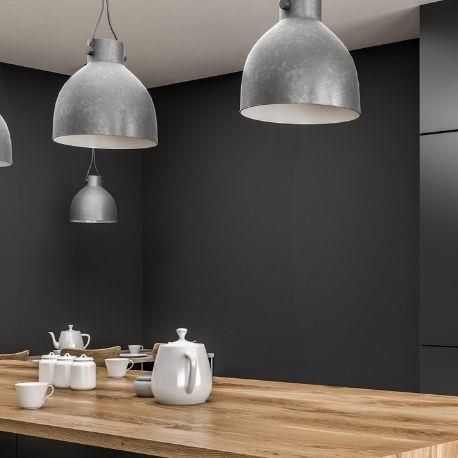Top Tips for Planning Your Kitchen Lighting | Billy.com


When it comes to kitchen lighting design, more is involved than just picking out nice light fixtures to match your décor. Sure, you want a unified style that adds just the right decorative touch to your room. However, in the kitchen, lighting functionality is extremely vital. You need lighting that matches the amount of activity in the kitchen. You'll get a bright, practical kitchen with no dark corners or shadowed countertops if you position the lights appropriately and use the right sorts of lights. Here are our top tips for planning your kitchen lighting.
Maximize Natural Light
Consider the natural light sources in your kitchen before considering supplemental lighting. Because some kitchens have few windows, you'll have to rely largely on supplemental lighting. If you have windows, think about how you can maximize the amount of light that comes in. Consider replacing a solid external door in the kitchen with one that has glass panels. The amount of light that enters your kitchen is also influenced by your window treatments. To make the most of the light, use lightweight window coverings.
Layer Supplemental Lighting
Think in layers as you develop your supplemental lighting strategy. Your kitchen lighting plan will have numerous dark places if you only use conventional overhead lighting. Ambient, task, and accent lighting are all examples of layered lighting. Each has a distinct function. It's best if the bright types collaborate. This method eliminates shadows around the room. It also gives your kitchen a terrific look by adding depth to the lighting design. This look is best accomplished by using high efficiency LED lighting.
Position Ambient Lighting Well
The softer overhead lighting that offers overall illumination is known as ambient lighting. Almost any fixture type, including recessed lights, flush-mount or semi-flush-mount lamps, and chandeliers, can be used to provide ambient lighting. The light should be positioned so that it illuminates the kitchen evenly. It works well in the center or over walks. When using recessed lighting, the conventional rule is to space the fixtures at half the height of the ceiling. In a room with 8-foot ceilings, space them 4 feet apart, and in a room with 10-foot ceilings, space them 5 feet apart.
Add Accent Lighting
Accent lighting is primarily decorative. It adds light and generally draws attention to a particular aspect in the kitchen. Lighting inside a glass-door cabinet displaying your dishware collection is an example. Accent lighting can also be used to draw attention to corbels, coffered ceilings, and other architectural details. Low-profile accent lighting is common. Instead of focusing on the light, the idea is to draw attention to the highlighted feature.
We hope you have enjoyed our recap of some of the top tops for planning your kitchen lighting. While it can be hard to get your lighting down to make your space look great, doing so will definitely make you feel right at home!
